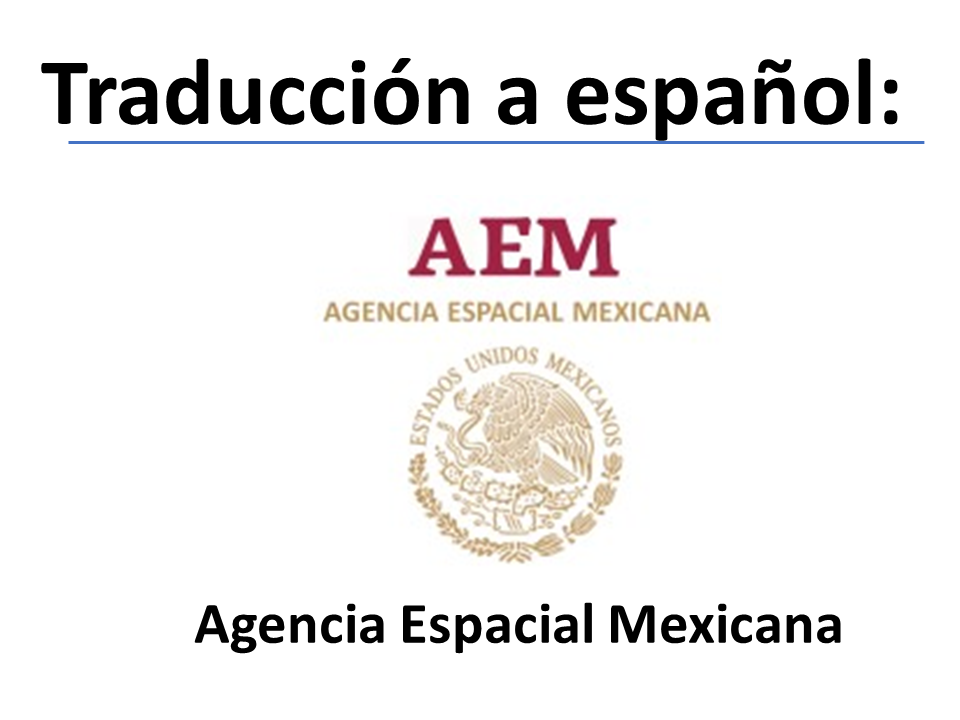Efficient monitoring and prediction of floods and risk management for a large river is quasi-impossible without the use of Earth Observation (EO) data from space. As a matter of fact, one of the most important problems associated with flood monitoring is the difficulty to determine the extent of the flood area as even a dense network of observations cannot provide such information. The flood extent information is used for damage assessment and risk management, and benefits to rescuers during flooding; it is also very important for calibration and validation of hydraulic models to reconstruct what happened during the flood and determine what caused the water to go where it did.
SAR (synthetic aperture radar) measurements from space are independent of daytime and weather conditions and can provide valuable information to monitoring of flood events. This is mainly due to the fact that smooth water surface provides no return to the antenna in microwave spectrum and appears black in SAR imagery. SAR data produces a result with limited accuracy in densely populated areas due to the increased amount of backscattering from houses and other objects. In such cases, the use of optical data is advantageous and can be found here.
However, this recommended practice focuses on a simple threshold method for deriving flood extent from SAR imagery.
- Data requirements: SAR images (current and possible archived) in Level1, and DEM for ortho-rectification. (SRTM DEM is automatically downloaded in SNAP within orthorectification procedure) Also, archived optical imagery, land cover/land use maps with vector data on infrastructure objects are beneficial.
- For SAR image processing, both 32 and 64-bit versions of SNAP are freely available from http://step.esa.int/main/download/ (registration required). For visualization, we will use Google Earth which can be freely downloaded from https://www.google.com/earth/explore/products/.
- Skills requirements: basic to intermediate knowledge of image processing; basic knowledge of SAR theory.
- Hardware requirements: for processing real SAR images, it is advisable to have minimum 2 GB of RAM. Use of multi-core processors (with hyperthreading) is beneficial since SNAP is parallelised.
The applications of flood extent include:
- Operational estimation and detection of flooded areas (within 6-12 h after data acquisition).
- Damage assessment of flooded objects.
- Calibration of hydrometeorological models.
- Detection of water levels using high-resolution DEM.
- Spatial extent: from villages to a global scale.
- Can be used for all stages: risk assessment, operational mapping and response, recovery.
- Spatial resolution: from 1 m to 150 m.
The use of the threshold method for SAR has the following advantages:
- Cloud independent SAR images.
- High revisit time.
- Easy detection of smooth water.
- Accuracy: up to 95% (depending on the landscape and area).
Limitations:
- Potential false alarm from shadows (variable terrain), smooth objects (like roads) and sand.
- Difficulties in detection floods in urban areas.
- Difficulties in detecting flooded vegetation. (For flooded vegetation detection from SAR usually, two multi-temporal images are required.)
General description of the workflow:
(0) SAR image acquisition.
(1) Calibration in SNAP through Radiometric Correction.
(2) Speckle filtering in SNAP.
(3) Binarization in SNAP through Band Math
(4) Geometric correction in SNAP through Range Doppler Terrain Correction Function.
(5) Visualization in Google Earth.
Kussul N., Shelestov A., Skakun S. “Flood Monitoring on the Basis of SAR Data”, In F. Kogan, A. Powell, O. Fedorov (Eds.) “Use of Satellite and In-Situ Data to Improve Sustainability”. NATO Science for Peace and Security Series C: Environmental Security, 2011, pp. 19-29. (http://dx.doi.org/10.1007/978-90-481-9618-0_3)
Kussul N., Shelestov A., Skakun S. (2008) “Grid System for Flood Extent Extraction from Satellite Images”, Earth Science Informatics, 1(3-4), pp. 105-117. (http://dx.doi.org/10.1007/s12145-008-0014-3)
Skakun S. (2010) “A Neural Network Approach to Flood Mapping Using Satellite Imagery”, Computing and Informatics, Vol. 29, No. 6, pp. 1013-1024.
Kussul N., Shelestov A., Skakun S., Guoqing Li, Kussul O., Jibo Xie, (2013) “Service-oriented infrastructure for flood mapping using optical and SAR satellite data”, International Journal of Digital Earth, (http://dx.doi.org/10.1080/17538947.2013.781242)
Kussul N., Shelestov A., Skakun S., Li G., Kussul O. (2012) “The Wide Area Grid Testbed for Flood Monitoring Using Earth Observation Data”, IEEE Journal of Selected Topics in Applied Earth Observations and Remote Sensing, 2012, vol. 5, no. 6, pp. 1746- 1751. (http://dx.doi.org/10.1109/JSTARS.2012.2201447)
Kussul N., Shelestov A., Skakun S. (2009) “Grid and Sensor Web Technologies for Environmental Monitoring”, Earth Science Informatics, 2(1-2), pp. 37-51. (http://dx.doi.org/10.1007/s12145-009-0024-9)


